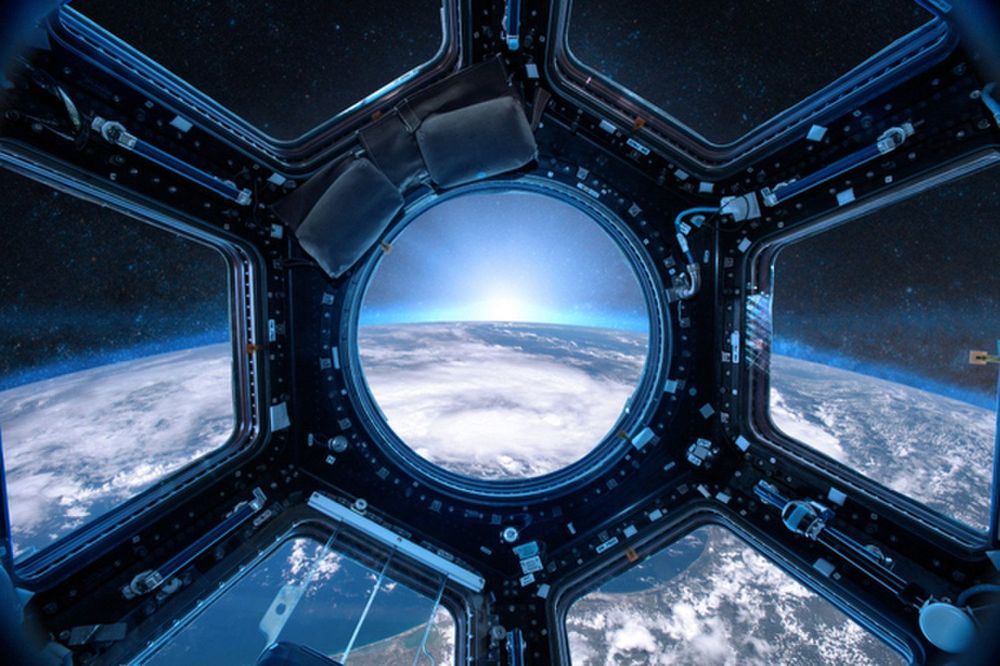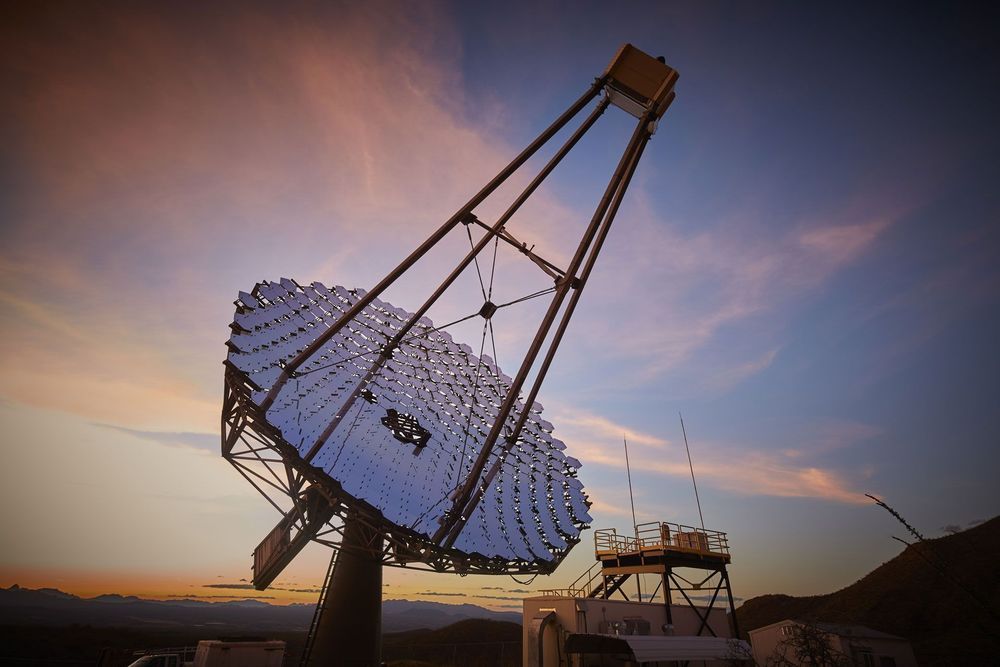The much heralded 2018 detection of a Neptune-sized moon circling exoplanet Kepler 1625b now seems very much in doubt.






Visible satellite imagery from NASA’s Aqua satellite revealed the recently formed Tropical Storm Lorna was getting organized in the Southeastern Indian Ocean.
Lorna developed into a tropical storm on April 23 at 11 a.m. EDT (1500 UTC) and was named Tropical Cyclone 25S. On April 24, it received the name Lorna. At 4:15 a.m. EDT (0815 UTC) on April 24, the Moderate Resolution Imaging Spectroradiometer or MODIS instrument aboard Aqua captured a visible image of Lorna. The Joint Typhoon Warning Center or JTWC forecasters noted “persistent deep convection to the west of, and obscuring, the low level circulation center.”
By 11 a.m. EDT (1500 UTC) on April 24, Tropical Storm Lorna had maximum sustained winds near 40 knots (46 mph/74 kph). Lorna was centered near 10.9 degrees south latitude and 84.6 degrees east longitude, approximately 743 nautical miles southeast of Diego Garcia. Lorna has tracked to the east-southeast.

University of Arkansas astrophysicists have taken an important step toward solving the mystery of how disk galaxies maintain the shape of their spiral arms. Their findings support the theory that these arms are created by a wave of denser matter that creates the spiral pattern as it travels across the galaxy.
“The structure of spiral arms in disk galaxies is a mystery,” said Ryan Miller, visiting assistant professor of physics. “No one knows what determines the shape of these spirals, or why they have certain numbers of arms. Our research provides a clear answer to part of that mystery.”
Disk galaxies, including the Milky Way, comprise 70 percent of known galaxies. They are characterized by their spiral-shaped arms, but astronomers are not sure how these form and maintain themselves.

Scientists said Tuesday they might have detected the first known seismic tremor on Mars in a discovery that could shed light on the ancient origins of Earth’s neighbour.
A dome-shaped probe known as SEIS landed on the surface of Mars in December after hitching a ride on NASA’s InSight spacecraft.
Its instruments measure surface vibrations caused by weather but are also capable of detecting movement from deep within the planet—so called “marsquakes”—or those caused by meteorite impacts.


Bitcoin spenders can now use the lightning network to shop at e-commerce sites like Amazon.
Crypto payment processing startup Moon announced today that any lightning-enabled wallet can now also be used through Moon’s browser extension. Before this lightning feature, roughly 250 beta users already used Moon to spend crypto on e-commerce sites by connecting the browser extension to exchange accounts like Coinbase.
Moon CEO Ken Kruger told CoinDesk: